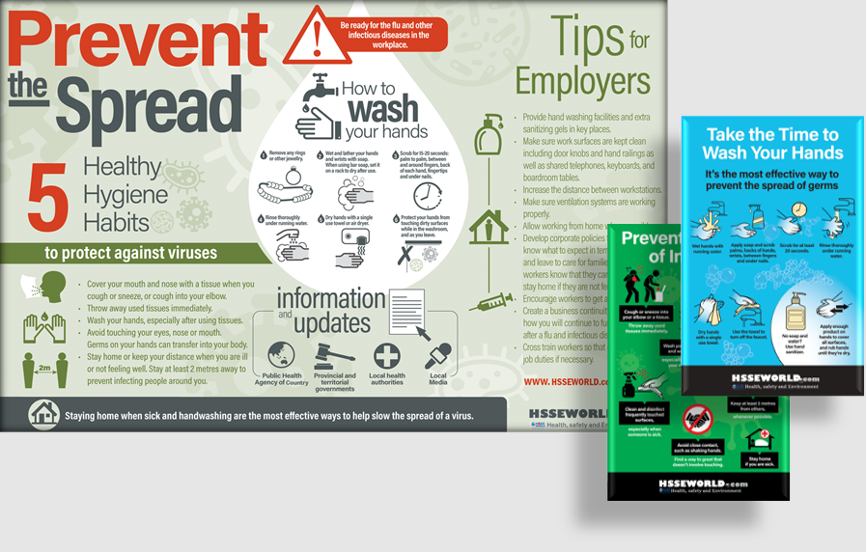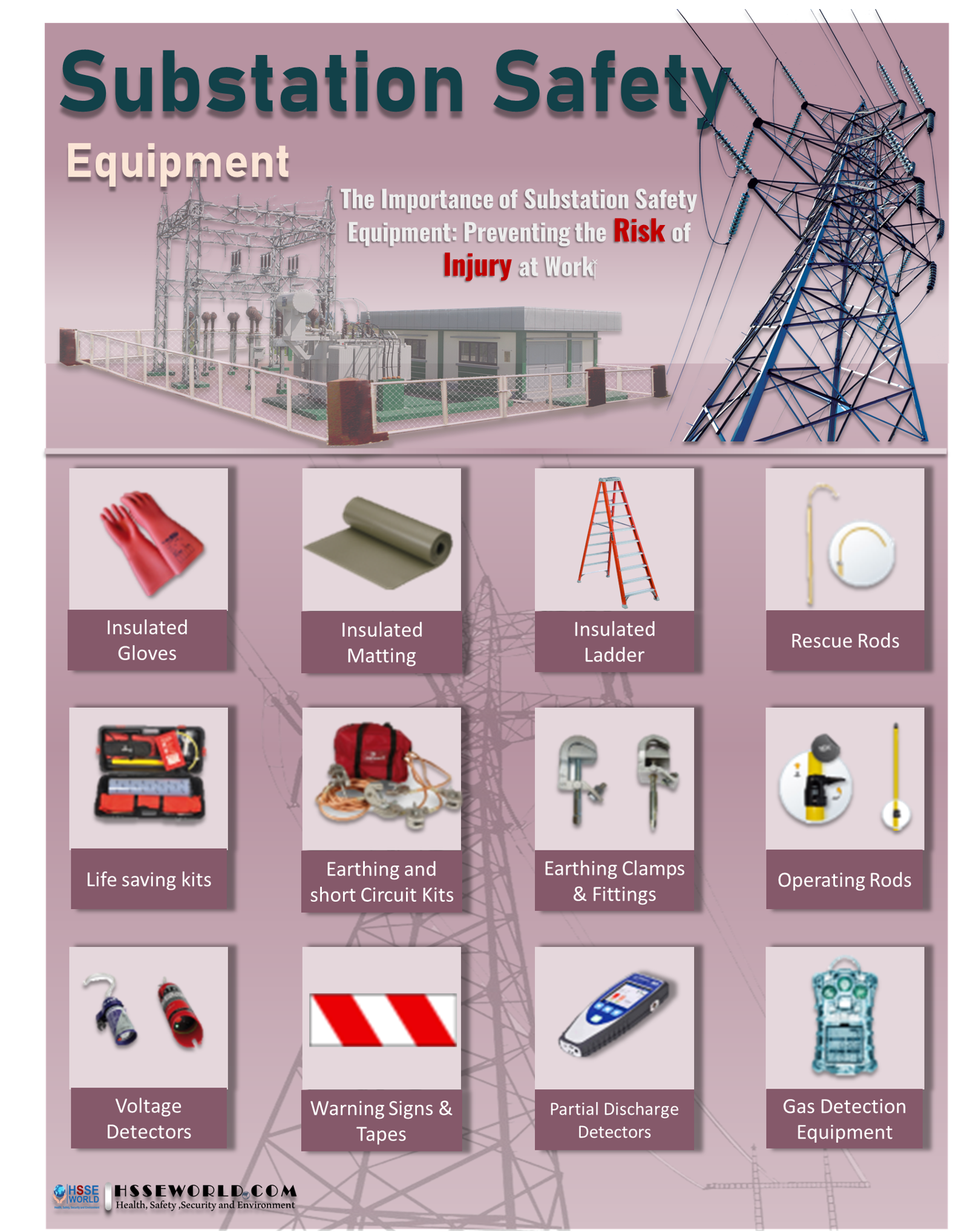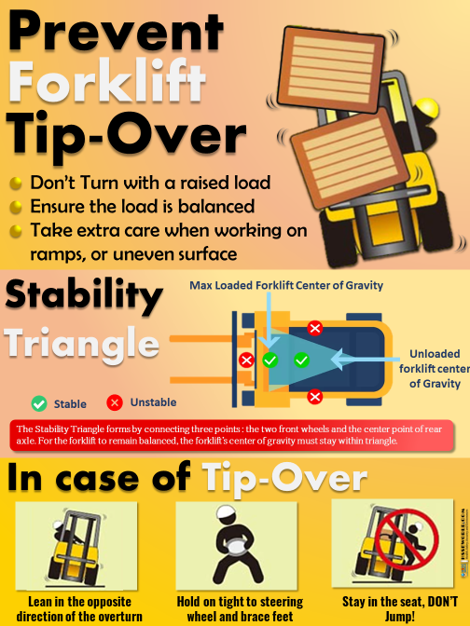Any Marine worth their salt wouldn’t go into battle without a plan that includes training, weapons, support, and a clear understanding of objectives.
A properly understood and implemented job safety analysis (JSA) provides a similar level of planning particularly in the construction industry. JSAs are intended for employers, foremen, supervisors, and employees, according to OSHA.

More Understanding Needed
Unfortunately, because of a collective “fear of forms,” the JSA is often misused, misunderstood, or is simply missing from many construction sites.
Why? There are numerous reasons for this. It can be literacy, language barriers, or just disregard for doing the JSA.
This is a shame because the form was developed with clear intent—to organize and prepare the crew for the day.
The fact that the JSA goes by different names only adds to the confusion. It can be called job hazard analysis, pre-task plan, activity hazard analysis, daily huddle, or daily tailgate or toolbox meeting.
“The crew should understand the work scope and the accompanying hazards by using the JSA,” said Joaquin Diaz, EHS Director, Skanska USA Building Inc. “A discussion about the work scope and hazards should result in an implementation of controls.”
“Construction companies prefer the JSA forms be written out or completed virtually,” said Diaz. “There is a need to have proof a JSA huddle was completed. The challenge is having the buy-in from employees and foremen alike in taking the planning seriously and also completing the form.”
(Learn about the steps-to-conducting-an-effective-job-safety-analysis-jsa/).
The Details of a JSA
Some believe that there is a difference between a JSA and a toolbox/tailgate talk document. The thinking is that a JSA is more detailed and should encourage the owner(s) of that document to think of the hazards and all of the tools available to eliminate or reduce those hazards.
“It is understandable that you want a uniformly efficient form that is easy for everyone to comprehend but it also sometimes encourages pencil whipping which causes serious hazards to be overlooked,” said Yorlanda Fisher, President, Warriors 4 Safety.
EC Company uses pre-task plans (PTP). They’re filled out at the beginning of a shift and are signed by the worker and the foreman. One challenge might be amending a JSA as the workday and scope progress. Construction job sites are very fluid, and someone who thought they were doing A might be doing B after lunch. The JSA needs to be amended accordingly for accountability and liability. JSAs might be called as evidence if an accident occurs and there is resulting litigation.
Input from Safety Management Group’s Stephen Mayo
Stephen Mayo from the Safety Management Group has seen many variations of the JSA form. He’s covered just about every type of job out there from general industry, industrial, construction, federal, power, to nuclear.
One of the biggest drawbacks of these types of forms is that they are often handwritten and illegible so that sharing information is difficult to impossible. They also take massive amounts of time to complete. Mayo believes the forms are also often viewed as a thorn rather than an effective tool to eliminate or mitigate the potential for incidents.
“I’ve worked on sites that had (5) jobs going on at the same time. The only way I could write all of them was to come in at 0500,” he said. “That afforded no input from anyone, as the supervisors would show up at 0600. Supervisors tend to lack the required verbiage needed to address all the areas that a safety or risk professional would include.”
Mayo’s solution?
He types up the steps that occur every day, including mobilization of personnel, tools, and equipment; severe weather; and stuck equipment.
Mayo leaves space to add hazards, mitigation, and room for extra steps so when it’s covered, additional information can be added as needed.
He lets the supervisor cover all the steps and assigns personnel tasks for the day. Mayo prefers to talk last so he can fill in any gaps, ensure employee understanding, and confirm they have everything they need to complete the task safely.
(Find out: job safety analysis JSA safety app/)
Essential Questions to Answer
Whether you believe the form is right or wrong, the outcome is meaningless unless all users can safely identify and address the following:
- What can go wrong?
- What are the consequences?
- How could it arise? What are other contributing factors?
- How likely is it that the hazard will occur?
- Where it is happening (environment)?
- Who or what it is happening to (exposure)?
- What precipitates the hazard (trigger) and the outcome that would occur should it happen (consequence), and any other contributing factors?




